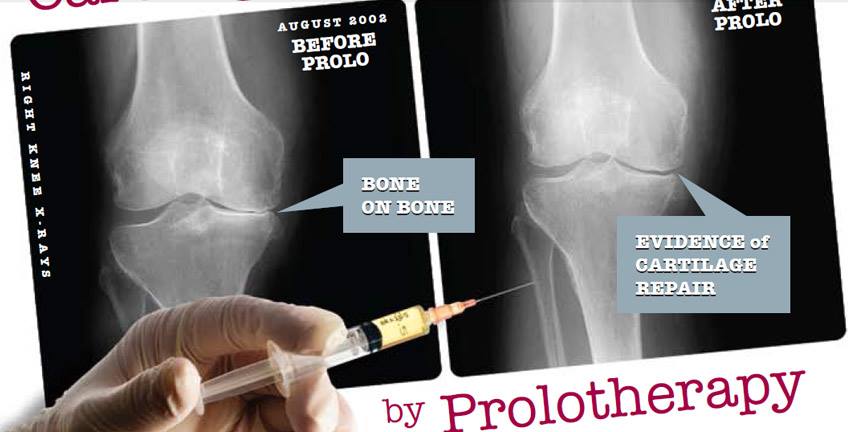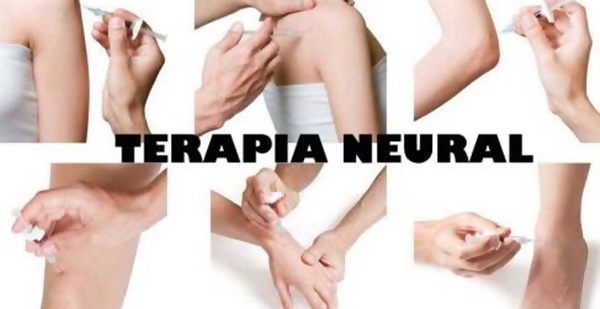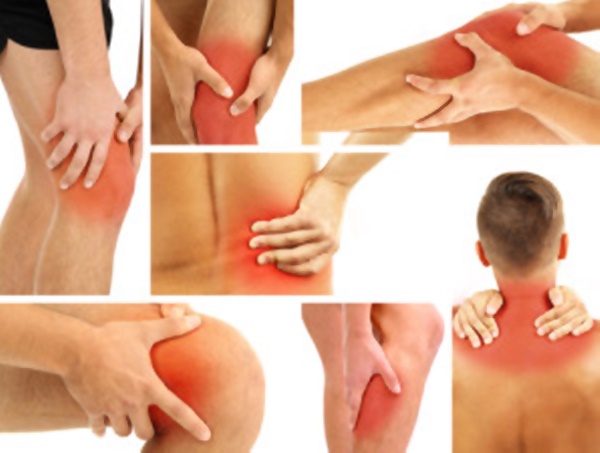| Apostolos Kaplas |
| Physiatrist Athens |
Reproductive Therapies - Infusions It is a non-surgical treatment method that promotes the healing process of the body itself with the aim of strengthening and regenerating injured and painful joints, ligaments and tendons. It is based on the fact that when the ligaments and tendons are stretched and injured, the articulation that they hold is destabilized. Pre-treatment can cause the production of new connective tissue, strengthen weaknesses, and ultimately improve stability, biomechanics and joint function, thus eliminating pain.
It is applied by injecting glucose solution into the affected areas, and more particularly where the ligament or tendon attaches to the bone. The substance generates a mild local inflammatory response that activates the creation of new connective tissue (collagen) thereby healing the signs of the lesion. This effectively addresses the cause of the pain and strengthens the affected joint and thus the musculoskeletal system of the body.
How many treatments do they need?
Usually, some sessions of injections are needed every 1-2 weeks in order to have a satisfactory result. Depending on the nature of the problem, the chronicity of the lesion, the affective joint, the degree of damage and the age of the patient, the number of treatment sessions is determined.
Is it painful?
It usually does not hurt but it depends on the injection site. In some cases, a local anesthetic may be applied first.
Indications
It is an analgesic technique that acts on the aesthetic capsaicin receptor by inhibiting the release of substance P and other proinflammatory agents by injecting glucose solution. It aims at restoring the normal functioning of aesthetic peripheral nerves that have been injured or inflamed and cause pain, inflammation and delay of their healing.
How is it applied?
It includes a series of injections of glucose solution just beneath the skin surface with thin traumatic needles. Infusions take place at the sites where the nerves and painful spots in the nerve progress, so as to relieve the inflammation and restore nerve smoothness. Glucose is a potential antagonist of capsaicin, substance P and other proinflammatory receptors, taking the placement of these substances in pain receptors, thus causing analgesia.
How many treatments do they need?
The incidence of injections is once a week and the purpose is that after each session there is a cumulative recession of pain that lasts more and more. Although each case is different, most patients usually respond to 6-8 sessions depending on the type, severity and timeliness of the lesion. Usually 85% of patients are completely relieved of pain while many are experiencing a significant improvement that leads to improved quality of life.
Is it painful?
Most treatments are painless as fine needles are used that penetrate just below the skin.
Painful achilles tendon (93%)
Back femoral muscle pain (90%)
Painful shoulder (88%)
"Elbow of the tennis player" (100%)
Compartment syndrome (78%)
Abdominal / afferent syndrome (90%)
Painful knee (89%)
Sore throat (90%)
Rashhillia (90%)
Other conditions
Fibromyalgia
Moderate neuralgia
Headaches
Migraines
Painful fruit
Painful limb hands
Lumbago
Painful hip
Painful ankle
Painful foot tip
Tendinitis
Arthritis
Bursitis
Sciatica
Muscular and ligamental injuries
Treatment with PRP injectable autologous activated platelets is a revolutionary, promising method for accelerating the healing of traumatic or degenerative muscular injuries, tendons and ligaments.
It is a painless process that takes place in the clinic. The patient receives a small amount of blood from a peripheral vein with a procedure similar to a standard blood test. Following is a special treatment (centrifugation) where the platelets are isolated, which are then activated with calcium chloride to secrete growth factors stored in their granules (PRP). Finally, PRP is injected with activated platelets locally in the lesion area. The procedure lasts less than 20 minutes, is painless, does not cause allergic reactions and does not show complications. The patient can leave immediately without any problems.
Platelets are known to be cells responsible for blood clotting. When activated (PRP) they release substances that are essentially healing proteins and are called growth factors (PDGF, TGF-β, VEGF, EGF, FGF, IGF-1). Practically, by increasing platelet aggregation (PRP) in the lesion area, we achieve rapid recovery due to their healing and regenerative effects due to their growth factors.
Activated platelet infusions (PRP) relieve pain and speed healing of injured muscles and tendons.
Where does the method applies?
|











